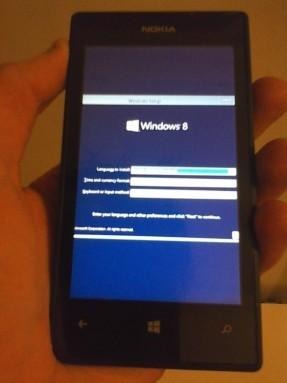Lumia 520 runs Windows RT thanks to Windows Phone tool
When people talk about smartphones running custom operating systems, they are mostly talking about Android, since the platform makes it possible, though not always easy, to do so. While that is still virtually, if not practically, impossible to do on an iPhone, Windows Phones might be the next breed to get this custom ROM fever thanks to a new tool called Windows Phone Internals. And the first proof of concept? Running the now practically dead Windows RT on a year-old Lumia 520 smartphone.
The Windows Phone Internals is an unofficial tool that was announced just last week that allowed users, preferably experts or more adventurous users, to unlock the bootloader of a Windows Phone 8.1 or Windows 10 (when they arrive) device and gives root access to users. These are the two critical steps to be able to install any form of custom OS on the device.
The first such proof of concept is probably as unusual as the idea for the tool itself. Hacker Wack0Distractor has somewhat successfully installed Windows RT on a Lumia 520. Neither are exactly the newest nor are they the top of the line. The Lumia 520 is said to be the most popular Lumia smartphone because of its budget friendliness as the expense of some features. On the flip side, Windows RT is one of the most notorious versions of Windows, probably right next to ME and Vista.
The two definitely make an odd mix, especially considering RT was meant for tablets and is, for all intents and purposes, dead. It's not an easy mix either, at least not compared to installing a custom Android ROM. Still, the entire process and idea is still at its infancy, so who knows how long before easier tools start popping up.

These two small bites of news might inspire some in the Windows smartphone community to rise up again. Before there was Android or iOS, the Windows Mobile/CE scene was actually thriving with such hacks and modders (even XDA traces some of its roots to that movement). That is, of course, if Microsoft doesn't suddenly pull the plug on what is practically an exploit of security holes.
VIA: Liliputing, Windows Central
